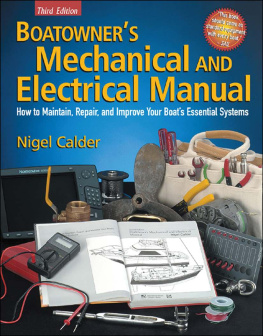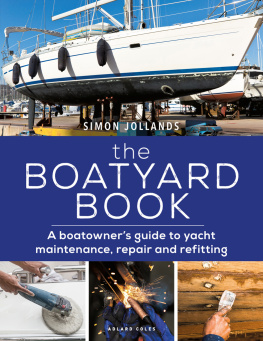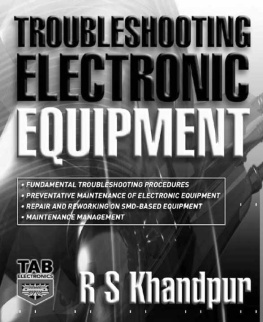Boatowners Mechanical and Electrical Manual
Third Edition
How to Maintain, Repair, and Improve Your Boats Essential Systems
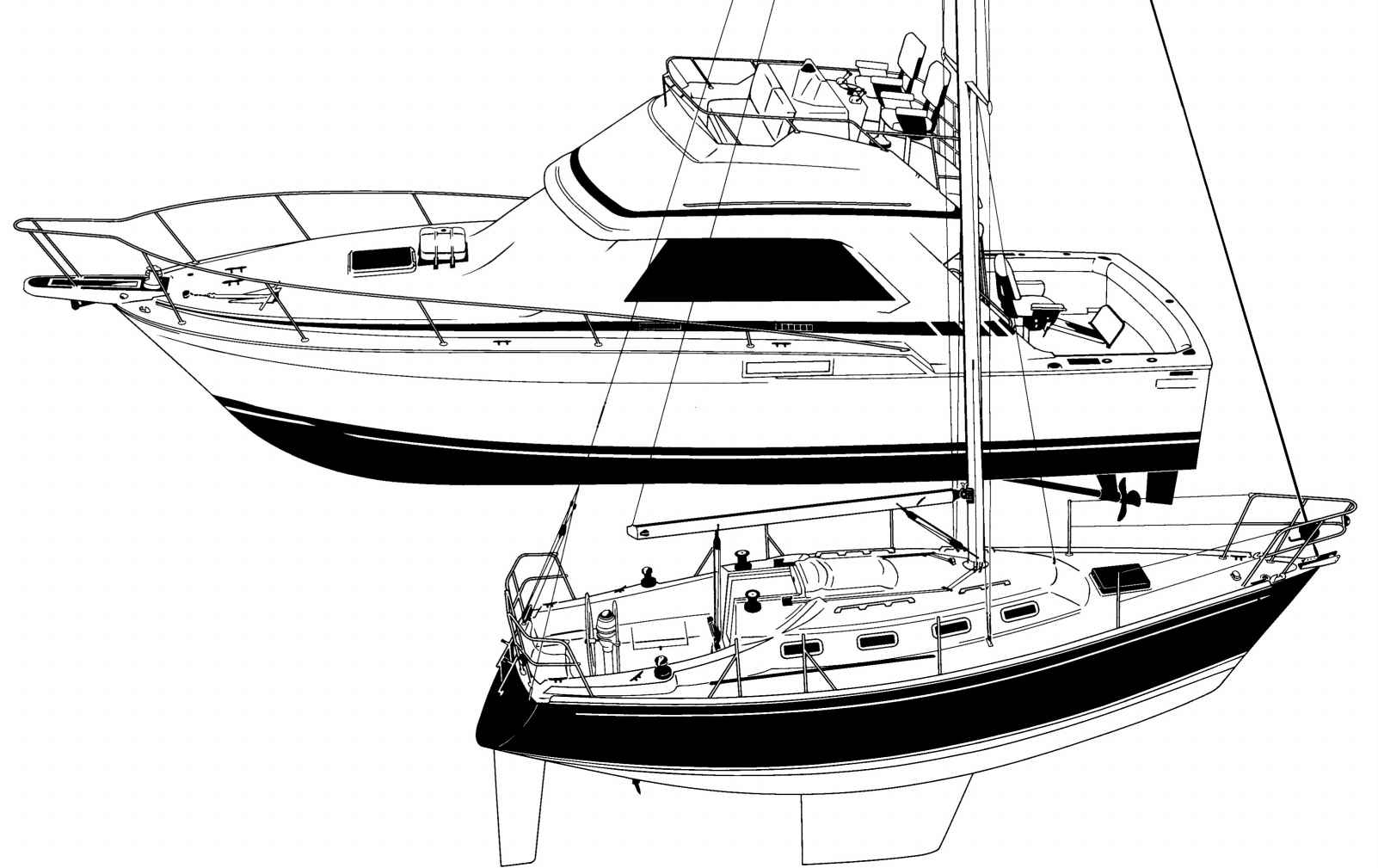
Third Edition
Boatowners Mechanical and Electrical Manual
Nigel Calder

Copyright 1996, 2005 by Nigel Calder All rights reserved. Except as permitted under the United States Copyright Act of 1976, no part of this publication may be reproduced or distributed in any form or by any means, or stored in a database or retrieval system, without the prior written permission of the publisher.
ISBN: 978-0-07-178406-1
MHID: 0-07-178406-3
The material in this eBook also appears in the print version of this title: ISBN: 978-0-07-143238-2, MHID: 0-07-143238-8.
eBook conversion by codeMantra
Version 2.0
All trademarks are trademarks of their respective owners. Rather than put a trademark symbol after every occurrence of a trademarked name, we use names in an editorial fashion only, and to the benefit of the trademark owner, with no intention of infringement of the trademark. Where such designations appear in this book, they have been printed with initial caps.
McGraw-Hill eBooks are available at special quantity discounts to use as premiums and sales promotions, or for use in corporate training programs. To contact a representative please e-mail us at bulksales@mcgraw-hill.com.
NOTICE: Repairing, modifying, and maintaining your boat can expose you to potentially dangerous situations and substances. Reference to brand names does not indicate endorsement of or guarantee the safety of using these products. In using this book, the reader releases the author, publisher, and distributor from liability for any loss or injury, including death, allegedly caused, in whole or in part, by relying on information contained in this book.
TERMS OF USE
This is a copyrighted work and The McGraw-Hill Companies, Inc. (McGraw-Hill) and its licensors reserve all rights in and to the work. Use of this work is subject to these terms. Except as permitted under the Copyright Act of 1976 and the right to store and retrieve one copy of the work, you may not decompile, disassemble, reverse engineer, reproduce, modify, create derivative works based upon, transmit, distribute, disseminate, sell, publish or sublicense the work or any part of it without McGraw-Hills prior consent. You may use the work for your own noncommercial and personal use; any other use of the work is strictly prohibited. Your right to use the work may be terminated if you fail to comply with these terms.
THE WORK IS PROVIDED AS IS. McGRAW-HILL AND ITS LICENSORS MAKE NO GUARANTEES OR WARRANTIES AS TO THE ACCURACY, ADEQUACY OR COMPLETENESS OF OR RESULTS TO BE OBTAINED FROM USING THE WORK, INCLUDING ANY INFORMATION THAT CAN BE ACCESSED THROUGH THE WORK VIA HYPERLINK OR OTHERWISE, AND EXPRESSLY DISCLAIM ANY WARRANTY, EXPRESS OR IMPLIED, INCLUDING BUT NOT LIMITED TO IMPLIED WARRANTIES OF MERCHANTABILITY OR FITNESS FOR A PARTICULAR PURPOSE. McGraw-Hill and its licensors do not warrant or guarantee that the functions contained in the work will meet your requirements or that its operation will be uninterrupted or error free. Neither McGraw-Hill nor its licensors shall be liable to you or anyone else for any inaccuracy, error or omission, regardless of cause, in the work or for any damages resulting therefrom. McGraw-Hill has no responsibility for the content of any information accessed through the work. Under no circumstances shall McGraw-Hill and/or its licensors be liable for any indirect, incidental, special, punitive, consequential or similar damages that result from the use of or inability to use the work, even if any of them has been advised of the possibility of such damages. This limitation of liability shall apply to any claim or cause whatsoever whether such claim or cause arises in contract, tort or otherwise.
DEDICATION
To Pippin and Paul:
May this book hasten the day when you
take over the maintenance of the boat.
Contents

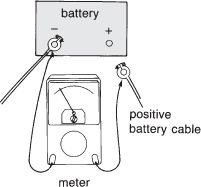
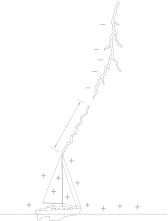

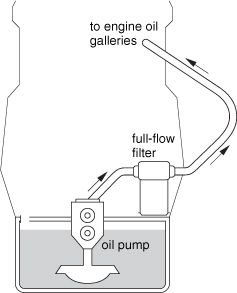

List of Troubleshooting Charts
List of Tables
Preface and Acknowledgments to the Third Edition
Over time, the audience for this book has evolved. The first edition was written for hard-core cruising sailors. It paid scant attention to such things as the voluntary boatbuilding standards promulgated by the American Boat and Yacht Council (ABYC) in the United States, and none whatsoever to the legally enforceable standards then being developed by the International Standards Organization (ISO) in Europe. But then I found that in addition to cruisers, the book was being used by a significant number of marine professionalssurveyors, designers, and boatbuilders. So, for the second edition I not only added a considerable amount of new material, but I also cleaned up the book from a standards-compliance perspective.
Ten years later I find the book is now widely used by marine professionals all over the world. At the same time, the ISO has substantially expanded the scope of its standards. Meanwhile, much of my original audience of cruising sailors has become far better educated and sophisticated with respect to technical matters, and is capable of acting upon considerably more-complex information. At the other end of the spectrum, a new generation of sailors, many with minimal experience and limited technical knowledge, has taken up cruising. Powerboaters of all stripes have begun to use the book. As a backdrop to these developments, the systems found on almost all boats have become increasingly sophisticated.
These changes have created a major challenge in terms of defining the audience for this third edition and in determining the level of detail and complexity that should be included. One thing, however, has not changedthe primary objective of meeting the needs of cruising sailors, both those with considerable experience as well as neophytes. Within this general framework, I have also sought to meet the needs of industry professionals.
In order to satisfy these somewhat divergent objectives, I have retained most of the structure of the original book, because it has seemed to work so well over the years and is already familiar to hundreds of thousands of readers. However, I have added considerably more detail than in previous editions, and slotted in numerous new sections (e.g., a whole new chapter on boats with more-complex electrical systems requirements, and new sections on lighting technologies, air-conditioning, watermakers, and bow thrusters). Overall, the book has expanded by about 40%.
Next page
